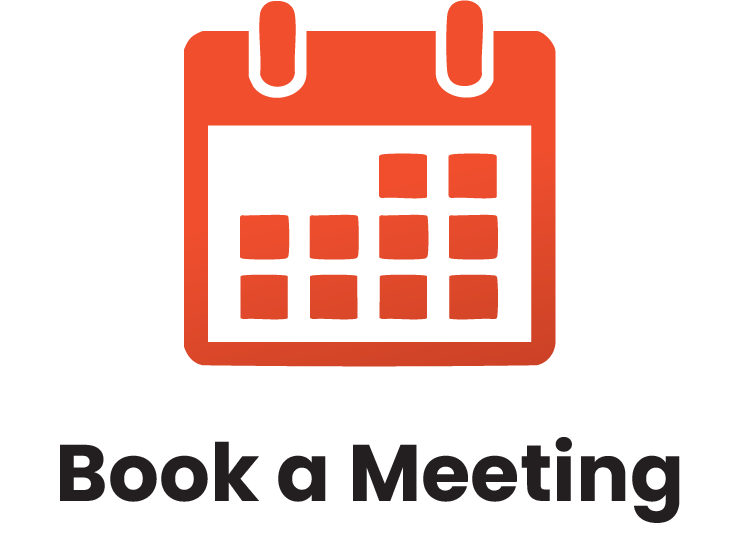Interactive training sessions led by experienced facilitators.
What is In-Person, Instructor-Led Training?
Our in-person training is delivered by a live facilitator who works directly with your team at your location. It’s our most popular format because it allows for real-time interaction, hands-on learning, and direct support.
Every session is tailored to your team’s specific goals, industry, and challenges—no generic, one-size-fits-all programs. Whether it’s a single session or a full training series, we design the experience to be relevant, practical, and fully aligned with your needs.
What is Live Webinar Training?
Live webinars are facilitator-led training sessions delivered online in real time. They’re ideal for teams working in different locations or with busy schedules.
This format offers shorter, more frequent sessions that are easy to coordinate—making it a convenient option for organizations with remote or distributed teams.
What is Virtual Classroom Training?
Virtual Classroom training is live, instructor-led training delivered online. It offers the same interactive experience as in-person sessions, with real-time discussions, group activities, and instructor feedback.
It’s a flexible option for organizations that want to reduce travel, save costs, or better fit training into busy schedules.
What is a Lunch & Learn Session?
Lunch & Learn sessions are short, facilitator-led training sessions delivered in person or online—typically during the lunch hour. They focus on specific topics or skills and offer a quick, engaging way to learn without a full-day commitment.
These sessions can be offered as one-time events or as part of a series, making them a great option for ongoing, bite-sized learning.
Online Learning
Enjoy our self-paced option and learn from anywhere!
$199.00 USD
Creating Successful Staff Retreats
A staff retreat can evoke some pretty strong emotions. Dread of a week hanging around with people you would never invite home for dinner. Queasy thinking about throwing yourself backwards hoping your ‘new friends’ will catch you. However, staff retreats still continue even in hard times. Why?
Many of the things we really need to get done take longer than the two hours you have in meeting time. As well, the retreat itself can bring about a change in approach not possible sitting in your boardroom for a meeting. This course will give you tools to be able to create staff retreats that are successful and help to bolster productivity, sales and positive workplace culture.
LEARNING OBJECTIVES
This one-day workshop will help you teach participants:
- Discuss experiences with staff retreats
- Know the reasons why staff retreats are conducted
- Understand the main staff retreat undertakings categories
- Develop and present retreat activities
- Identify the critical elements for success of a staff retreat
- Develop a planning checklist
- Appreciate the keys to running a staff retreat
- Develop an evaluation questionnaire
- Recognize post-retreat activities that will ensure the continuing success of your staff retreats
- Realize your top three take home ideas for creating successful staff retreats


COURSE OUTLINE
You will spend the first part of the day getting to know participants and discussing what will take place during the workshop. Students will also have an opportunity to identify their personal learning objectives.
Staff Retreats
Some staff retreats are great and some are horrible, but we’ve all experienced them in one way or the other. This session discusses experiences with staff retreats and learn reasons why they are conducted.
Types of Understanding at a Staff Retreat
There are many different types of staff retreats to consider. This session gives your students a look at the main staff retreat undertakings categories (Strategic and Operational Planning, Team building, Brainstorming). They will also have a chance to develop and present a 15-minute activity for one of the undertakings.
Designing a Staff Retreat
There are many critical factors that must be kept in mind when designing a successful staff retreat. Those factors, which are introduced to students in this session are: Budget, Location and Facility, Facilitation and Planning. Students will also develop a planning checklist and mini-activity sessions.
Running the Retreat
Now that they’ve got the tools to develop a successful retreat, students will learn the keys to running a staff retreat and develop an evaluation questionnaire.
Post-Retreat
Any retreat is only as good as its follow-up. Here, students will look at post-retreat activities to ensure the continued success of the retreat. Students will brainstorm to find the top-three take-home ideas for creating staff retreats.
Workshop Wrap-Up
At the end of the course, students will have an opportunity to ask questions and fill out an action plan.


















